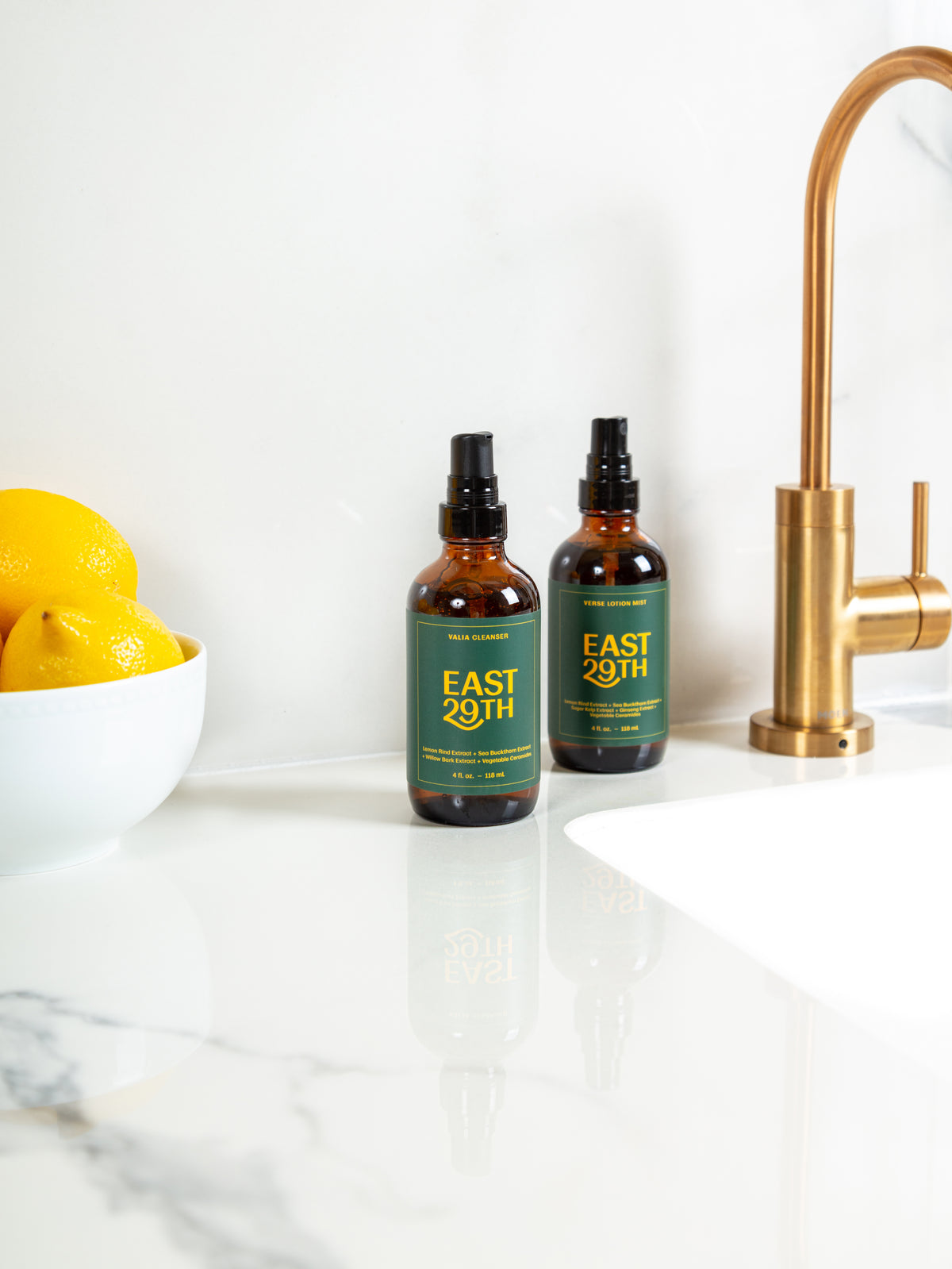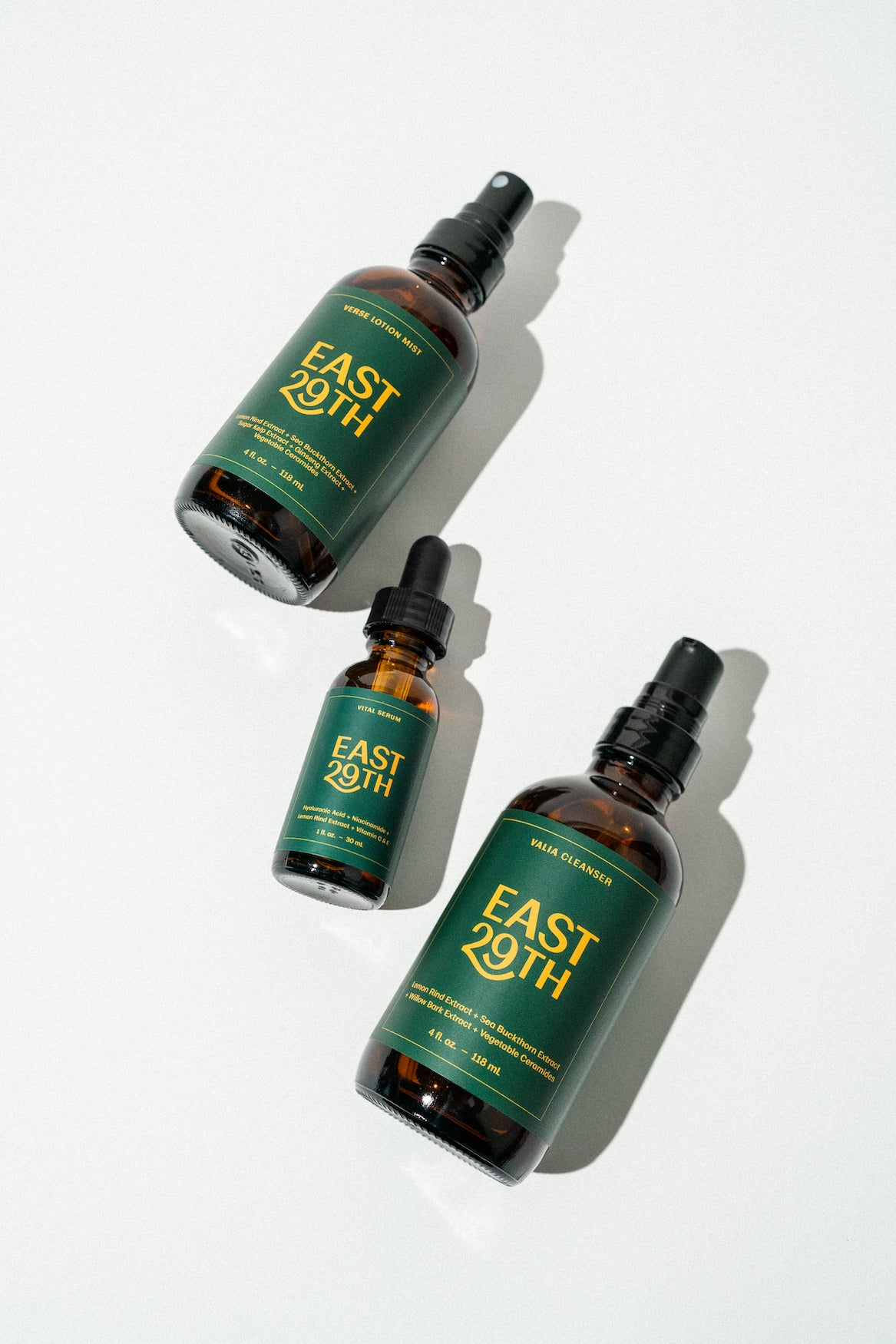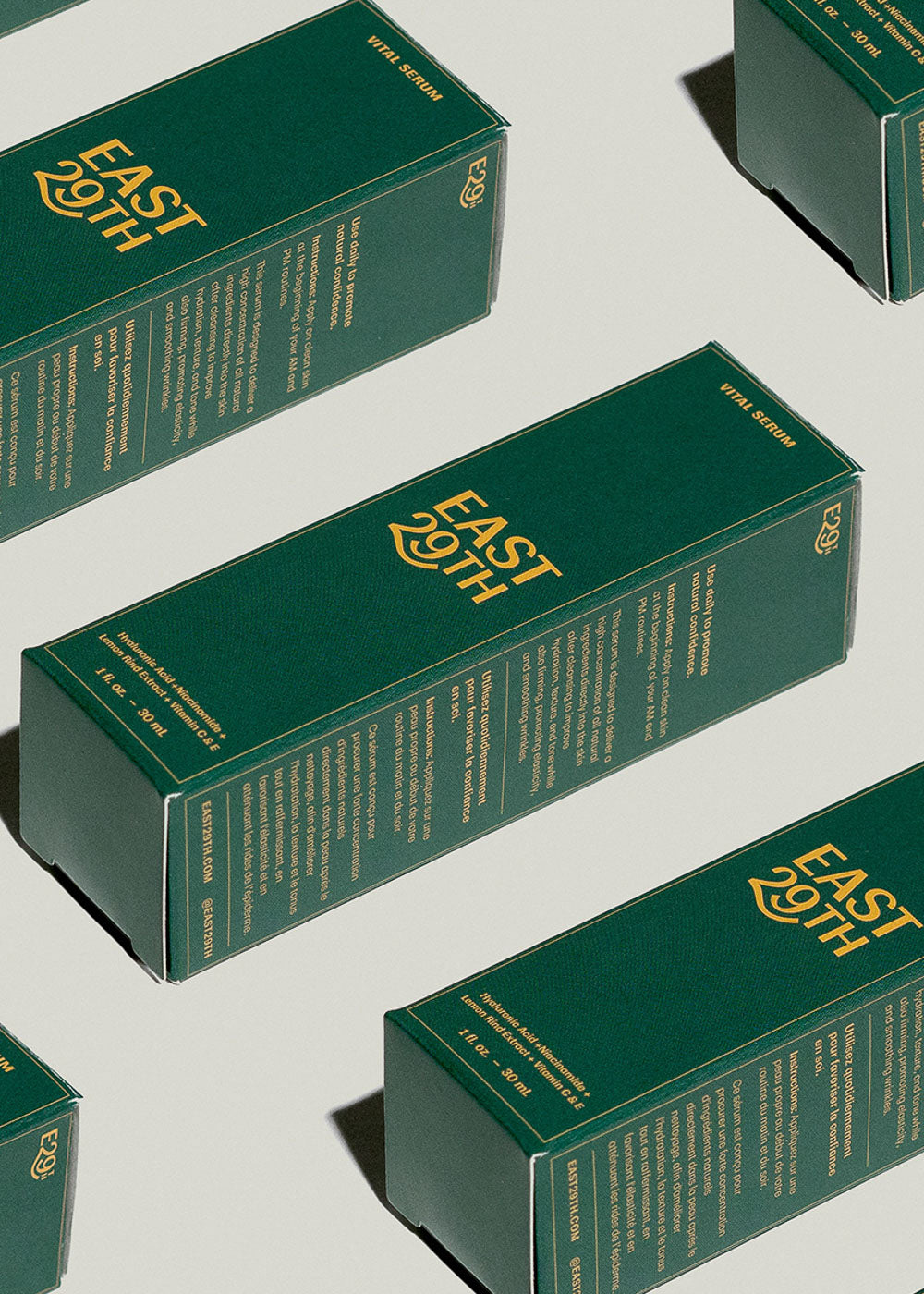In Canada our Canadian Cosmetics Regulations are more strict.
Health Canada, the federal department responsible for helping Canadians maintain and improve their health, regularly reviews the safety of cosmetics ingredients and prohibits or restricts the use of ingredients that present health risks. The Canadian government regularly updates a Cosmetic Ingredient Hotlist that includes hundreds of chemicals and contaminants prohibited and restricted from use in cosmetics such as formaldehyde, triclosan, selenium, nitrosamines and 1,4-dioxane — all of which are allowed in U.S. products.
You’re hearing more about Clean Beauty these days because in the USA the cosmetic industry hasn’t updated their regulations since the Food, Drug, and Cosmetics act passed in 1938. Over 80 years later Americans have seen a lot of improvement to the safety of other consumer products, however, besides the initial law prohibiting the sales of cosmetics with any “poisonous or deleterious substances,” or any “filthy, putrid, or decomposed substances,” they have only banned a handful of cosmetics ingredients for safety reasons.
There are more rules governing the chemicals Americans spray on their crops than the chemicals they put directly on their bodies.
Clean Beauty at its core, means that you can use a product without risking your
own health. The ingredients label must contain only safe, non-toxic ingredients.
Safe cosmetic ingredients are analyzed for safety & toxicity.
Clean beauty is synonymous with non-toxic beauty.
In the beginning of the Clean Beauty Movement products containing only natural
ingredients were mainly considered. “Preservative-free” was another misconception
but clean beauty doesn’t have to be all-natural. The science of beauty in the twentyfirst century has evolved to include safe synthetics, safe man-made ingredients, and even safe preservatives. In actuality ALL cosmetics should contain some form of safe preservation to maintain the stability of the formulation. As long as certain synthetic ingredients are non-toxic and proven to have no harmful effects, they can be incorporated into clean beauty products.
Brands that make the effort to list all of their ingredients and labels accordingly
are on the right path to true Clean Beauty.
But what about a lack of transparency? A great example of not being transparent is including Fragrance in beauty products. Fragrance is not an ingredient however, in
the US with an unregulated industry, companies can hide ingredients under the umbrella term “fragrance.” Fragrances are also patented by companies to ensure
other brands don’t use their fragrance formulas they use “masking ingredients” which prevents brands from being transparent about what is in their fragrance.
Therefore, you essentially don’t know what you’re putting on your skin. In Canada fragrance is regulated the same as other cosmetic ingredients. Unfortunately, that doesn’t take away from the fact that fragrance is the result of volatile compounds reacting, which means it’s released when certain chemicals react with each other. Thus making fragrance one of the number one skin irritants.





